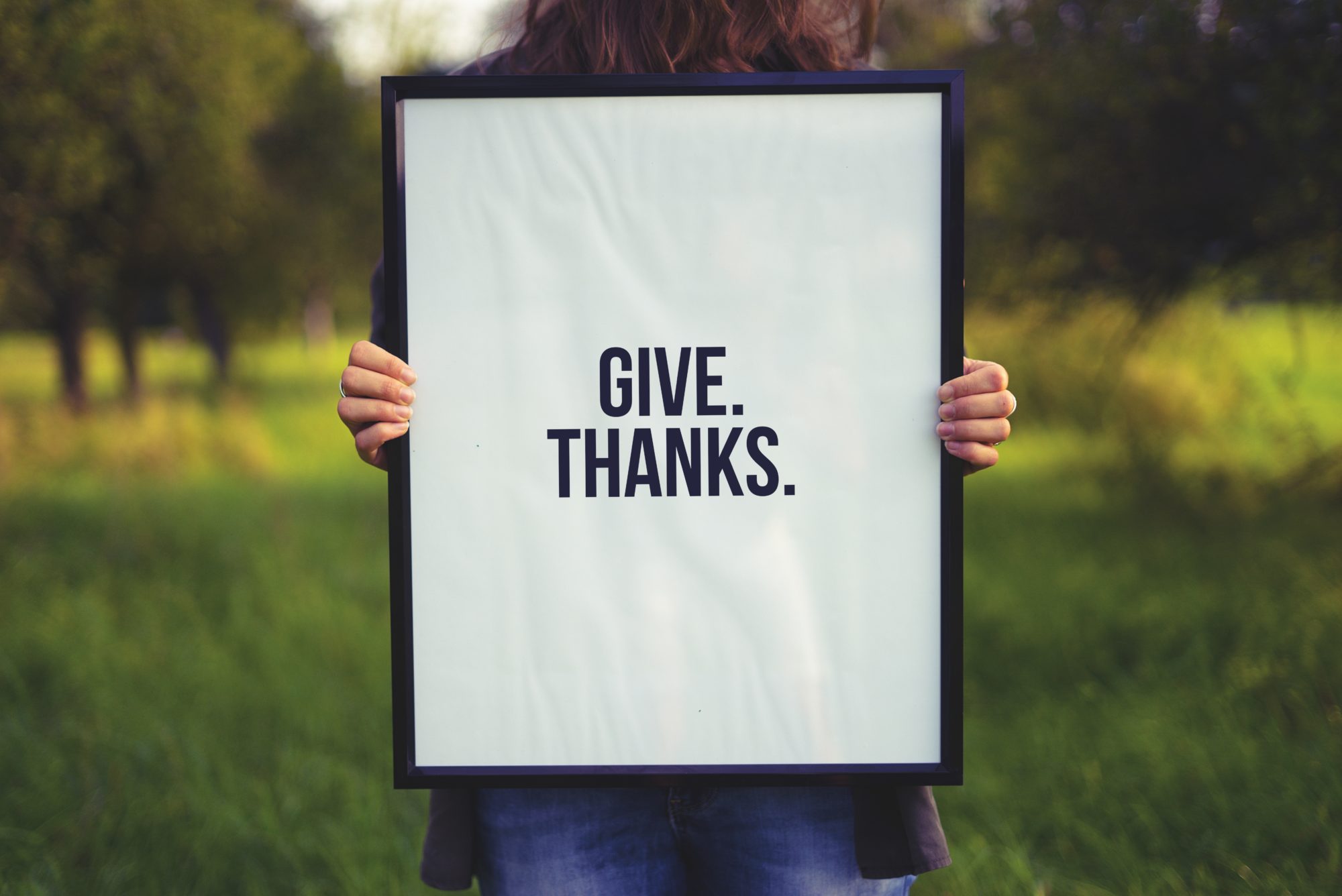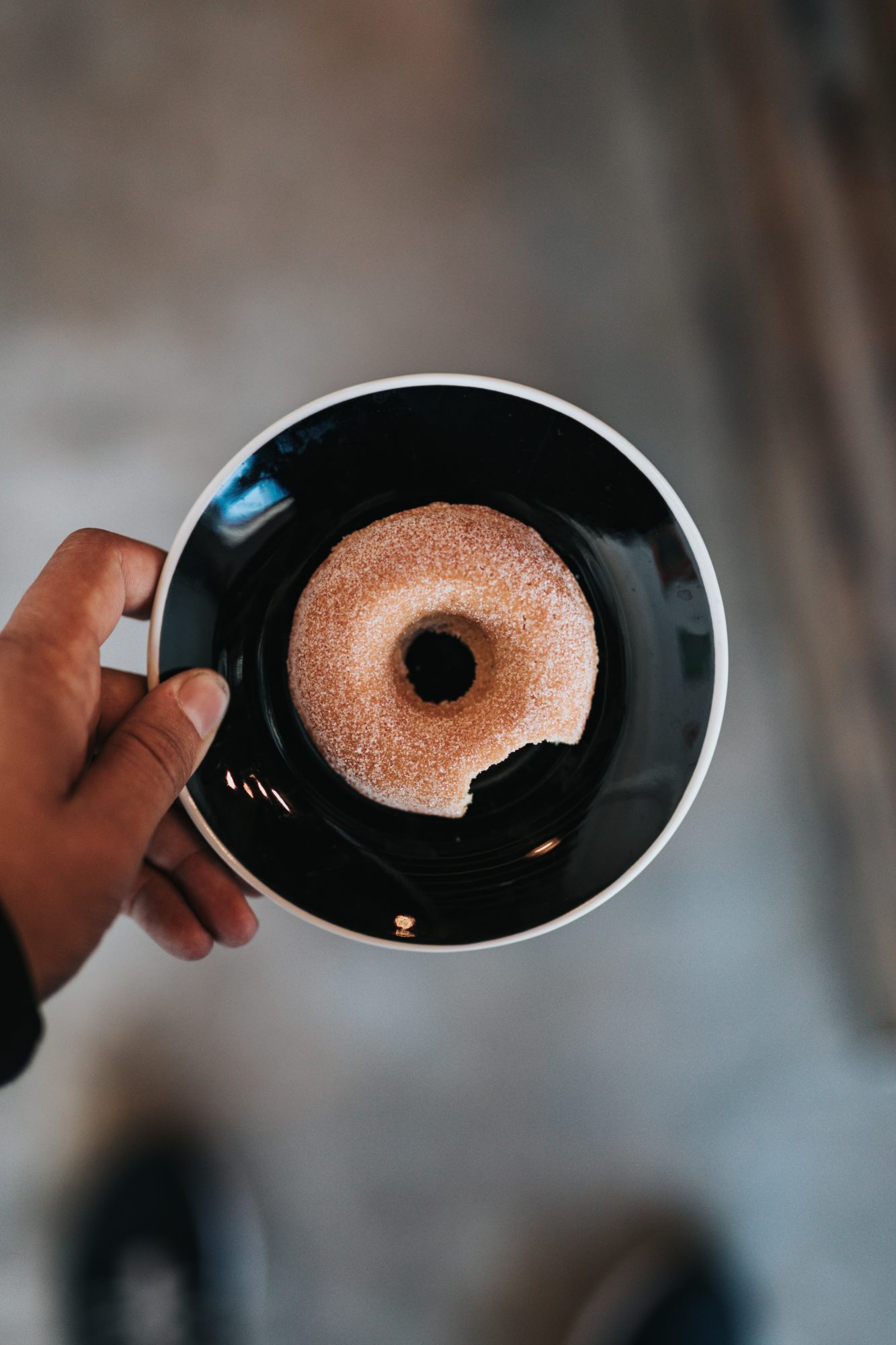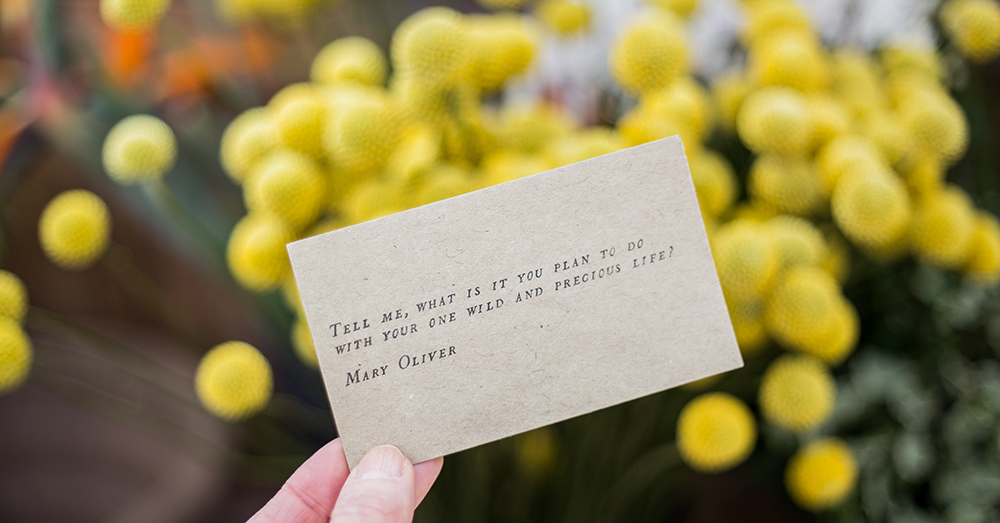Like many families, ours followed this year’s midterm elections with passion. This will no doubt give us lots to talk about over the holidays and this week at Thanksgiving.
To be honest, this could stir considerable conflict. Our family is diverse: we are gay and straight; Black, white, and Latino; we are Fundamentalist Christian, Liberal Christian, Unitarian, Jewish, Buddhist, agnostic, and Atheist; we are Republicans, Democrats, and Independents; we come from suburban and urban communities. We will be 32 strong at our California Christmas dinner, with cousins, aunts, uncles and grandparents hailing from Florida, Washington, and Boston.
So even if politics are on all our minds, we can give political conversation a rest for one meal, because as a family we are not defined by our politics. I believe we are defined by how well we love each other, by how well we truly see one another. So this year, under each holiday plate, I will place one of the questions below, to spur the kind of conversation where we truly listen to one another, so we can get to know each other better. Even though I’ve known most of the people at the table since birth — or they’ve known me since I was born — we still have so much to learn about each other.
We are defined by how well we love each other, by how well we truly see one another. Click To Tweet
Conversations like the ones that ensue from these questions help kids experience themselves as a part of something larger than themselves. This, in turn, is likely to make them more resilient, better adjusted, and more successful in school (as I wrote about here). So here’s an extra challenge: See if you can get the adults to weave their answers to the questions below into a narrative demonstrating that your family members have been through both good and bad times together, but through it all, you’ve stuck together.
A printable copy of this list is here.
- What do you remember about previous houses you’ve lived in? Which one did you like the best?
- For an adult: What did you have as a child that kids today don’t have? How was your life better? How was it worse? For a kid: What do you have that previous generations didn’t have? How would your life be better without it? How would it be worse?
- Has anything ever happened at a family wedding or event that you’ll never forget?
- Think of some relatives that have passed away in the last few years. What would they be likely to do tomorrow if they were still alive?
- Which family member has been your greatest coach in life? How have they coached you? What has made them good at it?
- For an adult: When you were a teenager, which family member did you go to for advice? Looking back, was it good advice? For a kid: Which family member have you recently received advice from? Was it good advice?
- For adult: What was your favorite movie or book when you were my age? For kid: What was your favorite movie or book last year, and what is your favorite now?
Conversations like the ones that ensue from these questions help kids experience themselves as a part of something larger than themselves. Click To Tweet
- Tell us a story about a family reunion or family party that you remember attending as a child.
- What was the hardest thing you went through/have gone through as a child? How did you overcome it?
- What are your favorite stories that grandpa/grandma told (or still tells)?
- If you could know anything about our family history or about a relative who has passed away, what would you want to know?
- What is the most embarrassing thing your mother or father ever did to you?
- What are your best memories of holidays or family gatherings?
- What three adjectives would your grandparents use to describe you?
- Did your parents or grandparents ever lose their jobs? What happened? How did they start over?
- What is the best thing that your grandparents ever cooked? What about your parents?
- How did your parents change after they retired?
- If you could go back to one day in your childhood, which day would that be? Why?
- How are you most different from your parents and grandparents? How are you the same?
- What did/do your grandparents do with you that you loved? (For adults: What did they do that you didn’t enjoy so much?)
Many of these questions were adapted from the “Family Gathering” edition of Table Topics.












